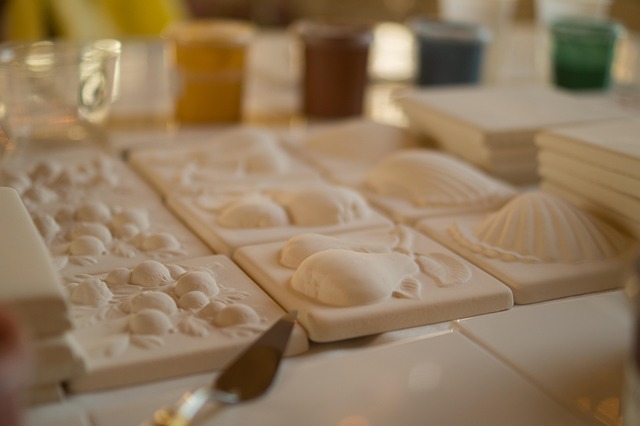For Seguin homeowners concerned about mold, understanding the difference between mold remediation and inspection is crucial. An initial mold inspection identifies presence, type, and extent, guiding actions like further testing or cleaning, ensuring a safe living environment. Remediation focuses on removing visible mold and restoring areas, while inspection identifies moisture sources, potential hidden mold, and air quality issues to prevent future problems. Distinguishing between these services is vital for informed decision-making and home maintenance in Seguin's humid climate.
In Seguin, homeowners often wonder about the importance of mold remediation vs. mold inspection. This comprehensive guide addresses the basic facts about mold, when an inspection is necessary, and the cost-benefit analysis of each. Understanding the subtle differences between these processes is crucial for maintaining a healthy living environment. By delving into these topics, Seguin residents can make informed decisions regarding potential HVAC contamination and ensure their home’s indoor air quality.
- Understanding Mold: The Basic Facts for Seguin Homeowners
- Differentiating: When is Inspection Necessary? A Practical Guide
- Mold Remediation vs. Inspection: Cost and Benefits Analysis
Understanding Mold: The Basic Facts for Seguin Homeowners

Mold can be a significant concern for Seguin homeowners, but understanding its basics is key to navigating the process of mold remediation or inspection. It’s important to note that mold is a natural part of our environment and plays a vital role in breaking down organic matter. However, certain types and levels of mold within homes can pose health risks, particularly for individuals with respiratory conditions or compromised immune systems.
When it comes to Seguin homeowners facing potential HVAC (Heating, Ventilation, and Air Conditioning) contamination, the first step is often a thorough inspection. Unlike mold remediation, which involves removing and restoring contaminated areas, an inspection aims to identify the presence, type, and extent of mold without necessarily eliminating it. This distinction is crucial as it guides the appropriate actions—whether further testing, cleaning, or a complete replacement—to ensure a safe living environment.
Differentiating: When is Inspection Necessary? A Practical Guide

Many Seguin homeowners wonder about the difference between a mold remediation and an inspection, both critical components in ensuring a healthy living environment. The key distinction lies in purpose: Mold remediation focuses on removing contaminated materials and restoring affected areas after visible mold growth is identified. Conversely, a mold inspection aims to identify sources of moisture, potential hidden mold, and assess overall air quality, serving as a preventative measure and guiding further actions like remediation.
While regular cleaning can prevent mold growth, an inspection is necessary when there’s concern about hidden mold or ongoing moisture issues. It involves examining hard-to-reach areas, checking for signs of water damage, and taking air samples to determine if mold spores are present at unsafe levels. This proactive approach is crucial for Seguin homeowners looking to maintain a safe and comfortable living space, especially in regions with humid climates where mold thrives.
Mold Remediation vs. Inspection: Cost and Benefits Analysis

For Seguin homeowners, understanding the difference between mold remediation and inspection is crucial. While both are essential for maintaining a healthy living environment, they serve distinct purposes and come with varying costs and benefits. Mold inspection focuses on identifying the presence, type, and extent of mold growth in your HVAC system or other areas of concern. It’s a non-invasive process that provides valuable data for informed decision-making. Homeowners benefit from this knowledge, as it helps them assess potential risks and determine if professional remediation is necessary.
On the other hand, mold remediation involves the actual removal and cleaning of moldy materials. This process can range from simple surface cleaning to complete system replacement, depending on the severity. While effective at eliminating existing mold issues, remediation comes with significant costs. Unlike an inspection, which provides a roadmap for action, remediation requires expert intervention and specialized equipment. For Seguin residents, weighing these considerations is key when deciding whether to prioritize mold inspection or remediation first in their home maintenance plan.
For Seguin homeowners concerned about HVAC contamination and mold growth, a clear understanding of the distinction between mold remediation and inspection is crucial. While mold remediation addresses existing issues by safely removing contaminated materials, mold inspection serves as a proactive measure to identify potential problems early on. Given the costs associated with both processes, balancing the benefits of mold remediation vs. inspection is essential for informed decision-making. Regular inspections can prevent costly renovations in the long run, ensuring a healthier living environment for Seguin residents.
